Rising Demand for Renewable Energy
The Wire Cable Material Market is experiencing a notable surge in demand due to the increasing focus on renewable energy sources. As countries strive to meet energy transition goals, the need for efficient and durable wire cables is paramount. For instance, the International Energy Agency indicates that investments in renewable energy infrastructure are projected to reach trillions of dollars over the next decade. This trend necessitates high-quality wire materials that can withstand various environmental conditions, thereby driving growth in the wire cable material sector. Furthermore, the integration of advanced technologies in renewable energy systems, such as solar and wind, requires specialized wire cables, which further propels the Wire Cable Material Market.
Infrastructure Development Projects
Infrastructure development remains a critical driver for the Wire Cable Material Market. Governments and private sectors are investing heavily in infrastructure projects, including transportation, telecommunications, and utilities. According to recent reports, infrastructure spending is expected to increase significantly, with estimates suggesting a rise to over 3 trillion dollars annually by 2025. This escalation in infrastructure projects necessitates the use of high-performance wire cables for effective connectivity and energy distribution. The Wire Cable Material Market stands to benefit from this trend, as the demand for robust and reliable wire materials becomes increasingly essential to support these expansive projects.
Regulatory Standards and Compliance
Regulatory standards and compliance requirements are increasingly influencing the Wire Cable Material Market. Governments and regulatory bodies are implementing stringent guidelines to ensure safety and performance in electrical installations. These regulations often mandate the use of specific materials and manufacturing processes, which can drive demand for high-quality wire cables. As industries adapt to these evolving standards, manufacturers are compelled to innovate and enhance their product offerings. This dynamic creates opportunities for growth within the Wire Cable Material Market, as companies that prioritize compliance and quality are likely to gain a competitive edge.
Increased Electrification in Emerging Economies
The electrification of emerging economies is a significant driver for the Wire Cable Material Market. As nations strive to improve their energy access and infrastructure, the demand for reliable wire cables is escalating. Reports indicate that regions such as Asia and Africa are witnessing rapid urbanization, leading to increased energy consumption and the need for extensive electrical networks. This trend is expected to result in a substantial rise in wire cable material consumption, as these regions require durable and efficient solutions to support their growing energy needs. The Wire Cable Material Market is poised to capitalize on this opportunity, as investments in electrification continue to expand.
Technological Innovations in Cable Manufacturing
Technological advancements in cable manufacturing are reshaping the Wire Cable Material Market. Innovations such as the development of lightweight, high-strength materials and improved insulation techniques are enhancing the performance and durability of wire cables. The introduction of smart cables, which can monitor their own condition and performance, is also gaining traction. These advancements not only improve the efficiency of wire cables but also reduce production costs, making them more accessible to various industries. As manufacturers adopt these technologies, the Wire Cable Material Market is likely to witness a transformation, with an emphasis on quality and performance.


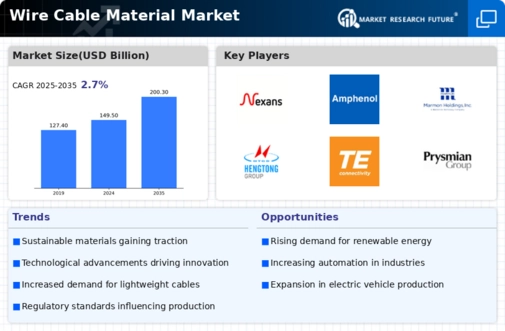


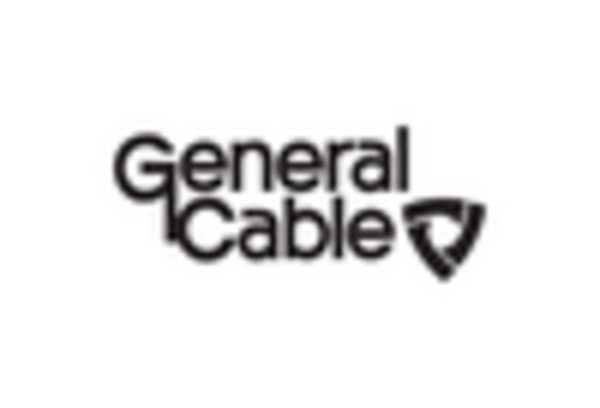
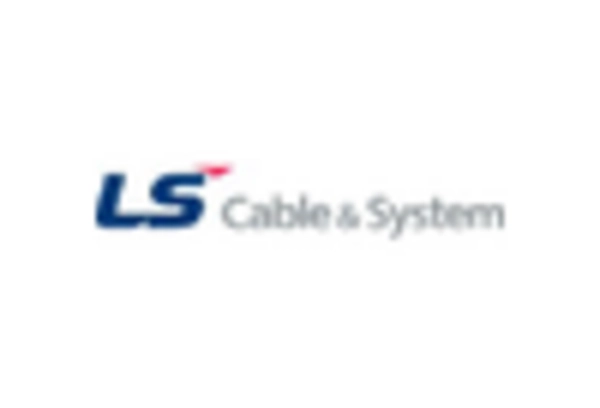

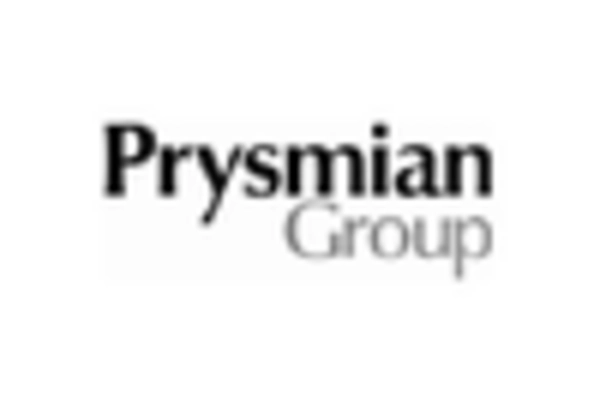
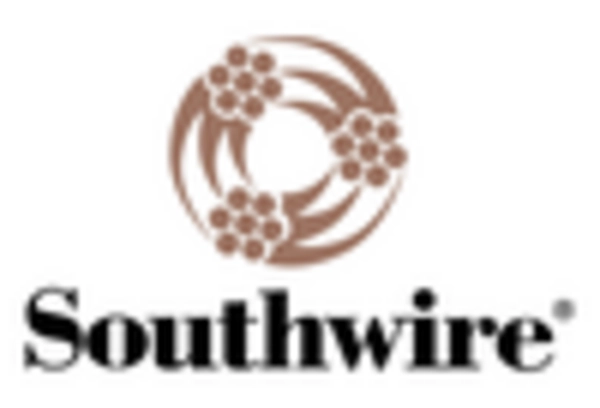








Leave a Comment